Last week I went to a wedding in Kansas City. My editor, Barbara, married her upstanding fiance named Andrew (and to her credit held no outstanding grudges against his being from Nebraska).
Okay – Kansas City is NOT the geographical center of the lower 48 contiguous United States of America. But it’s close. With a little help from Wikipedia and Google Maps, I found out that the real center of the United States is in Lebanon, Kansas, located a few hundred miles north and west of Kansas City.
But for a wedding? This was the center of the universe…at least for an evening.
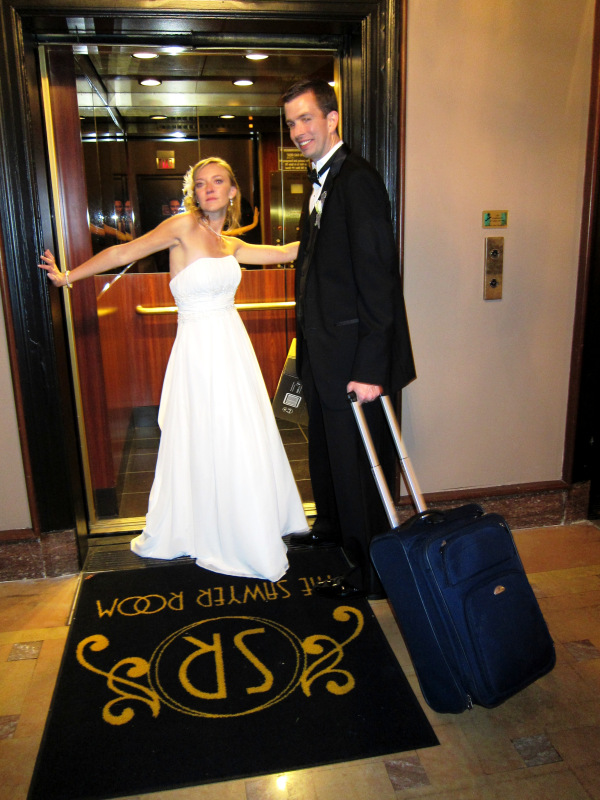
Though it may not grip any reputation for fostering rip-roaring action and cultural frisson – Kansas City once did. In the 1920’s the city was a haven for gangsters, corrupt politicians, and public shoot-outs – hence its nickname as the Paris of the Prairies. (Did Paris have gangsters? Maybe not, but the fact is, KC was once a hopping den of inequity, inebriation, and gunslinging gamblers. So we’ll just go with that historical nickname.)
The surprise is this: today in Kansas City (prairie heartland of the U.S.) the taste for sampling eclectic wines appears to soar higher than in many other regions of the U.S.
A friend named Steve and I sat on the porch of a seafood restaurant in the ‘Power and Light District’ of Kansas City (raging night life there on the weekends, by the by).
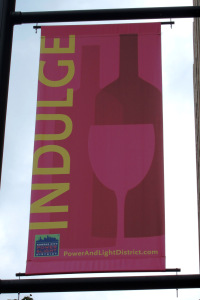
At the Bristol Seafood Grill we ordered Char Crusted Ahi Tuna, then flipped our paper menu over to see a list of about 160 wines. This included five ‘flights,’ or choices of wines that complement each other. The flights had names such as ‘Platinum Blondes,’ ‘Cosmopolitan Whites,’ (including a Veitliner from Austria, a Riesling from Napa, and a Pinot Gris from the Willamette Valley), and ‘Fiery Redheads’ (Petite Syrah, a Meritage blend, and a Cabernet).
When I asked the waiter (or must we call them ‘servers’ nowadays?) what the most popular choices were – expecting a typical Cabernet Sauvignon / Chardonnay combination (the chocolate and vanilla flavors of the wine world), he told us that Kim Crawford Sauvignon Blanc from New Zealand is the favored white, while the most ordered red is a Gascon Malbec from Argentina.
That is intriguing, especially when I considered how, a week later, another friend and I checked into a boutique hotel in the Sonoma Valley wine country of California. The receptionist with the crisp and erudite voice offered us a choice of one of two complimentary bottles of wine – a Chardonnay or a Cabernet (yaaaaaaawwn…!).
Back to Kansas City. For our late lunch I drank a Belle Glos Meomi Pinot Noir from California, followed by a Rosenblum Red Zinfandel from Sonoma, while Steve downed a Joel Gott “815 Blend” (including Cabernet Sauvignon), followed by a Spellbound Petite Syrah. Steve comes from the town of Washington in the northeast of England (yes, there’s some intriguing history regarding the name), and he is apt to speak his truth. He tasted my Pinot and gave the following analysis – “Consistent. Doesn’t hit you, and then run away.”
Kansas City. Great people – with a thirst for wines from all over the world, and customers who are ready for more than vanilla or chocolate.
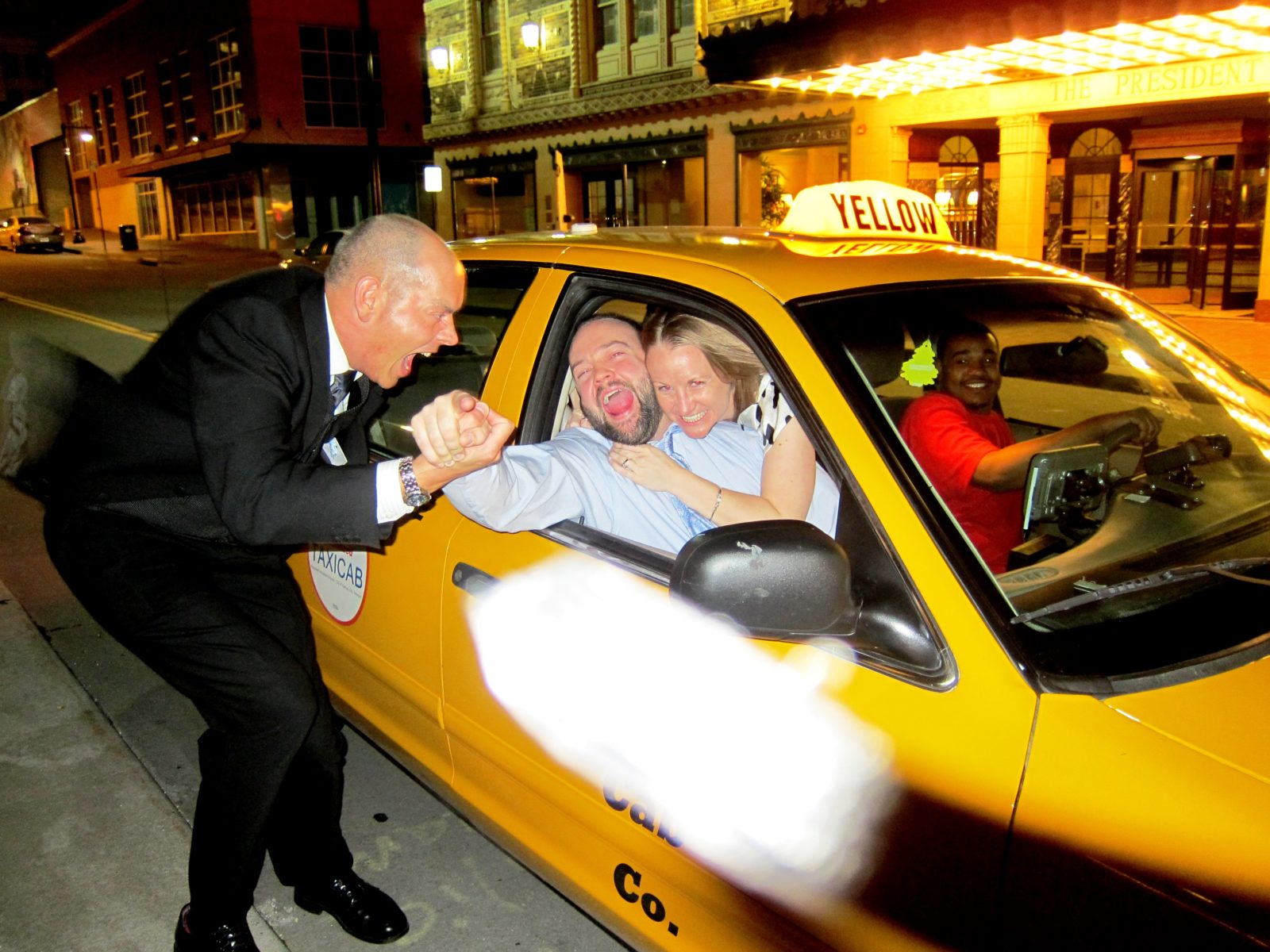

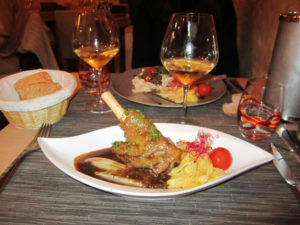
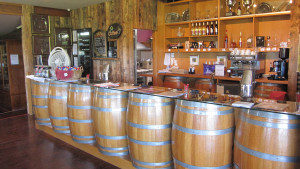

jlcollinsnh
25 Apr 2012Ha!
we just stumbled upon Rosenblum Red Zinfandel at our local wine shop here in NH and liked it well enough that a second bottle is now in our rack waiting.
This past weekend we were up in Portland ME. In a little French Bistro our waitress (ok, server) suggested Vacueyras, Cru des Cotes du Rhone as something that would work with my wife’s fish and my red meat. Not quite. Lousy choice for the fish, but one of the most interesting in a good way wines we’ve tried in a long while.
Our take was a very earthy, dirty taste that mellowed as it opened. Great with the meat. I’d be interested in your take if you’ve come across it.
The next night was tapas and we found a wine from Santorini Argyro Atlantis. 1st Greek wine we’ve had in a long while and a nice light red match for the salads, mussels and chicken livers.
Cheers!
vinoexpressions
25 Apr 2012Glad you enjoyed the Rosenblum. A few years ago in California a neighbor recommended it for price and content, and it soon became a favorite. I read about Kent Rosenblum (I believe that was his first name) back then because his story was quite intriguing – he was a vet from Wisconsin who moved out to northern California. He made wines on the side as a hobby while he kept working as a practicing vet. Years passed and the demand grew and finally he worked at winemaking full time. Four or five years ago he then sold his winery for many, many millions – and am not sure what he does now. But the buyers appear to keep to his mantra – that using old vines is best (which basically means utilizing the existing plumbing system to extract flavors from the deep).
I’ll have to try the Cotes du Rhone you recommended – that’s usually a blend of Syrah, Grenache, and a bit of Mourvedre (and the ratio of Syrah to Grenache can depend on how far south you travel along the Rhone). Some of the Syrah in those Rhones can have a peppery bite that screams to be paired with a good steak. Yeah, the recommendation to have it with fish? A Pinot may even have worked, but not a Big Red.
Love to hear of your interest in Variety – the key to life (and wine).
And the Greek? Sounds like a fresh adventure – will give it a try!
Keep samplin’…